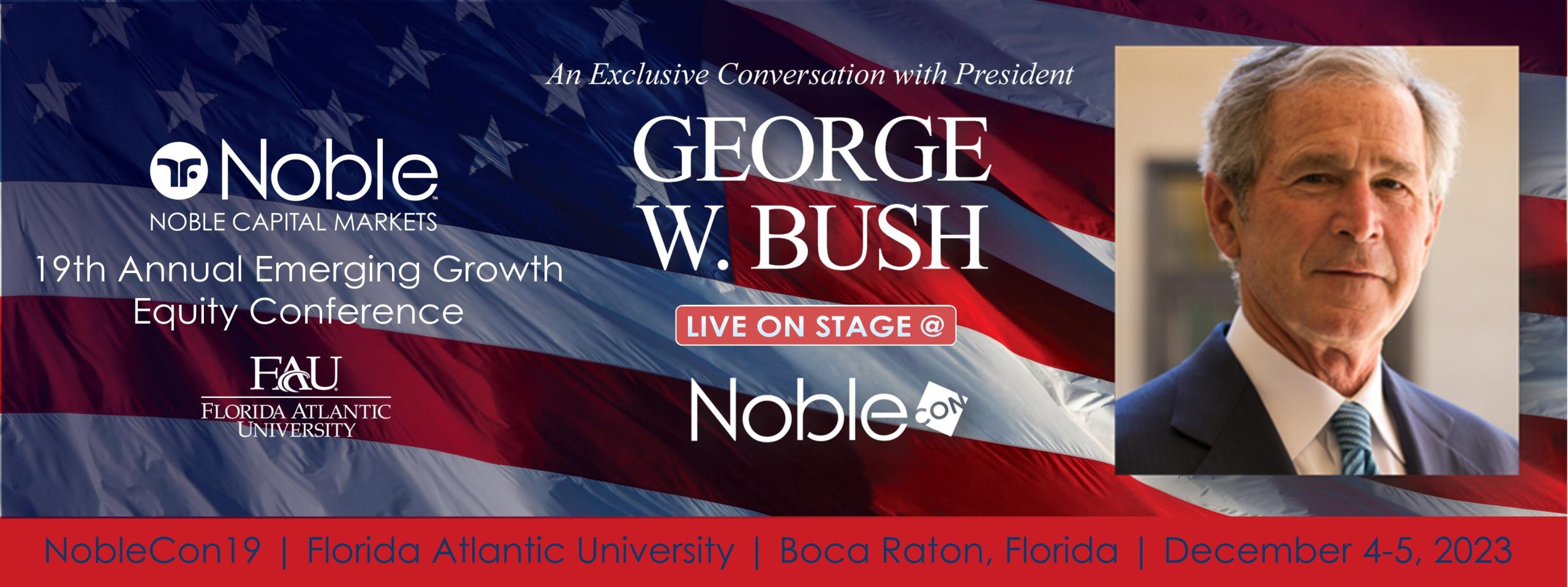Facing mounting criticism after production setbacks and labor unrest rattled investor confidence this year, automaker General Motors (GM) is opening the corporate coffers to initiate a massive $10 billion share repurchase program. The move aims to regain Wall Street’s trust by returning billions to shareholders.
Accelerating Buybacks to Prop Up GM Stock
GM shares have sputtered in 2023, down 14% year-to-date heading into Wednesday’s announcement. The stock dove nearly 5% in October when contract negotiations with the United Auto Workers (UAW) broke down into nationwide strikes, forcing GM to suspend guidance. With electric vehicle launches also lagging internal targets, GM hopes to stop the bleeding and inject positive sentiment through shareholder payouts.
The accelerated buyback comes after GM already spent $3.3 billion repurchasing shares so far this year. By expanding repurchases to $10 billion, GM moves aggressively to reduce outstanding shares and boost key per-share metrics like earnings-per-share.
How The $10 Billion GM Buyback Will Work
Rather than spacing out buybacks over several years, GM is frontloading the program to have maximum near-term impact. The company will immediately receive $6.8 billion worth of its shares from the banks underwriting the plan – Bank of America, Goldman Sachs, Barclays and Citibank.
These banks will then repurchase GM shares on the open market over the next six months. The final tally of shares bought back depends on GM’s average share price during that period. If shares remain around current levels in the $37 range, the full $10 billion could retire nearly 270 million shares – almost 20% of GM’s float.
Such large buybacks often drive share prices higher by soaking up excess supply. It also means per-share financial metrics like earnings, cash flow and dividends appear larger with fewer shares outstanding. For GM to hit the upper end of its newly reinstated earnings-per-share guidance range this year, solid buyback execution will be key.
GM Shareholders Get More Cash Too
In tandem with turbocharging buybacks, GM also announced a 33% dividend hike from 9 cents to 12 cents per share annually. Together, these moves signal a shareholder-friendly turn for the automaker after delays in its electric and autonomous programs led to executive departures.
Rather than flashy visionary promises, GM looks to deliver tangible returns now in the form of cold hard cash. These initiatives could take center stage heading into 2024 as leadership emphasizes financial consistency through a period of technological transition.
For income-focused investors and funds, juicier dividends make GM appear more attractive relative to other automakers and electric vehicle pure plays. Combined with reduced shares outstanding, GM’s 4.2% dividend yield will rise even higher, bringing in more potential shareholders.
Outlook Still Uncertain Beyond 2023
An open question is whether GM can sustain enhanced shareholder returns in the years ahead while simultaneously investing billions in next-generation manufacturing and technology. Many bears argue spreading cash so liberally now leaves GM vulnerable to economic shocks down the road.
But with UAW deals running into 2028 and strains from this year mostly wiped clean, GM can campaign on hitting its earnings guidance in 2024 and rewarding loyal shareholders along the way. Where GM goes from there, however, remains clouded in uncertainty.





